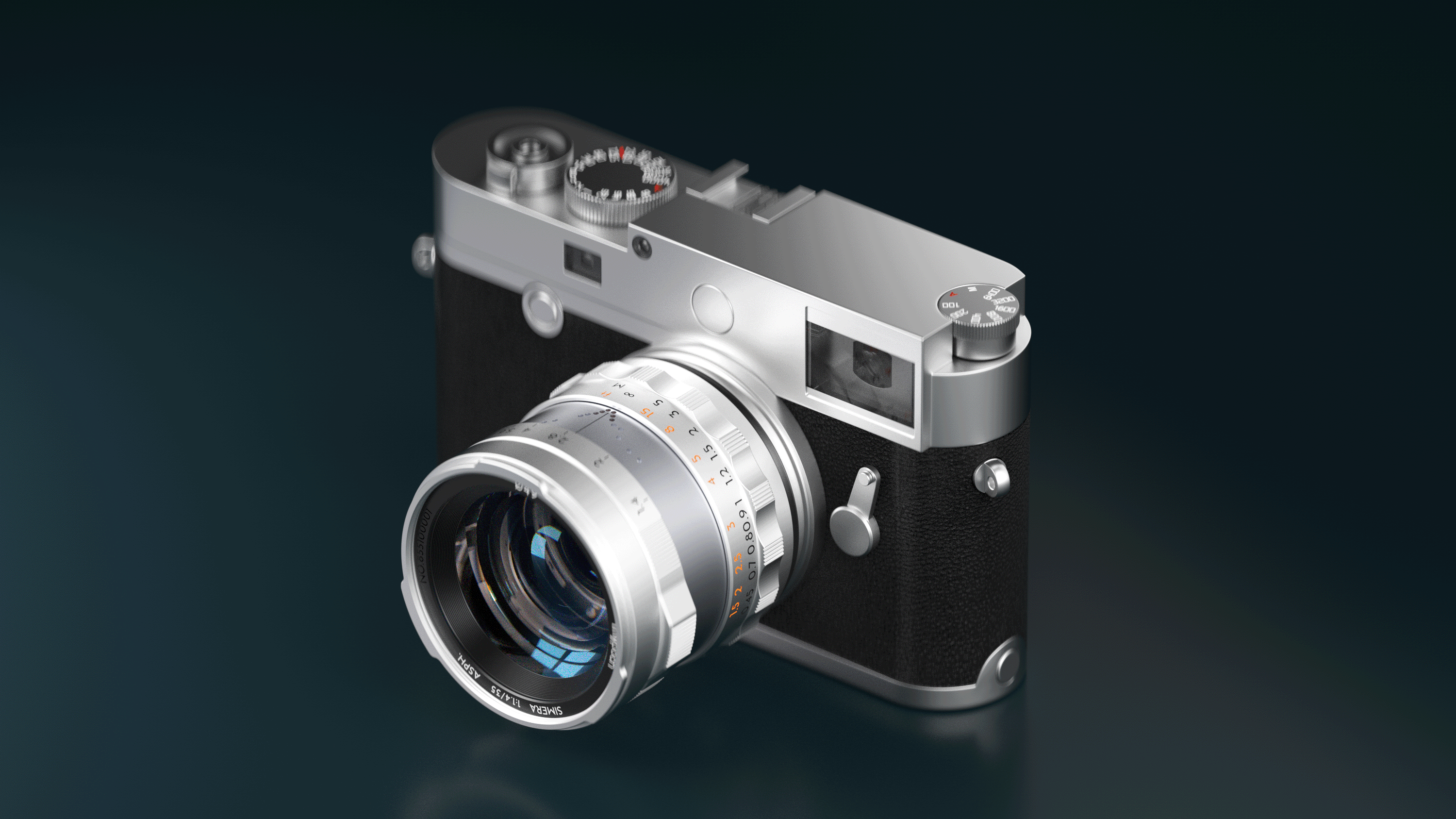Unlock More Possibilities with the use of Depth of Field Scale
Depth of field plays an important role in photography because it determines the sharp and blurred areas of a photo. Strictly speaking, only at a specific distance can an object be presented clearly. But people aren’t able to identify the clarity of an object precisely, so there needs a range of distance to guarantee the object falling within this range is clear. The range of distance is called the depth of field of an image.

(Photo by jmbernicle)
The depth of field scale (referred to as DOF indicator below) is a rough measurement tool calculated by centimeters or foot, used to aid photographers in predicting and calculating the range of the depth of field under the combination of different focal lengths, apertures, and shooting distances. To offer a closer estimation to photographers, the DOF indicator is designed with scale and indicator lines.
The DOF scale is an outstanding feature of Simera lenses (Simera 35mm and 28mm)that sparked a heated discussion among photographers who showed an intense interest in them. We can find a similar design (DOF indicators) on other old film lenses.
To show how the DOF indicator adds grace to photography, the article is going to explore some innovative cases with you.
*** How to determine the depth of field?
To begin with, we need to know the 3 rings on the Simera lenses. (Simera 35mm and 28mm)
1. Aperture Ring
As shown in the picture below, the front ring is the aperture ring with fstops of f/1.4, f/2.8 etc., marked.
2. Focusing Ring
As shown in the picture below, the rear ring is the focus ring with focus distances indicated.
3. Depth of Field Scale Ring
Among the aperture ring and focus ring, we can see some cut-out space, which will be lightened (with red dots filled in the hole).
Below is the illustration of the usage of DOF indicators on Simera 35mm.
--If the aperture is set to f/1.4 and the focus distance on 0.7m, the two red dots filled align with the focus distance of 0.7m. That means the object falling into this range can be focused, while can be blurred if out of the range.

--If the aperture is set to f/16, and the focus distance on 0.7m, all the dots will be marked red. The vertically corresponding focusing distance of these 16 points is 0.45-0.91m, which means if the object falls in this range, the object can be seen clearly, while if larger than 0.91m, it can be blurred.

For film camera users, the DOF scale can be of practical use. With the DOF scale featured by Simera 35mm and 28mm, photographers can predict a rough range within which the object can be shown clearly and create a satisfying photo as inspiration strikes.
*** Creative Usage of DOF indicators -- Hyperfocus shooting
1. What is the hyperfocal distance?
Hyperfocal distance is generally represented by H. Its precise definition refers to the distance from the lens to the nearest clear point when the lens focus is at infinity if the lens focal length and aperture coefficient F are both fixed.
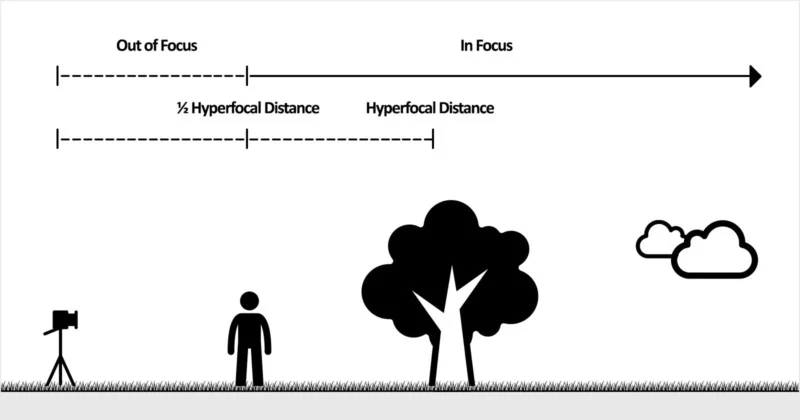
(reposted from PetaPixel)
2. How to calculate the hyperfocal distance?
As is shown in the image, H is the hyperfocal distance, f is the focal distance, N is the aperture value, c is the depth of field coefficient (depending on the camera's sensor size and frame).

For example, if you use a full-frame camera with a 35mm lens with an aperture of f/11, the hyperfocal distance is approximately 3.7 meters. That is to say, when your camera focuses on an object 3.7 meters away, all objects from the DOF of 1.85 meters to infinity will be visible.
(Hyperfocal distances have been calculated according to the formula. As you fix the aperture value and focus distance, the range will be clear on the barrel of the Simera 35mm f/1.4 and 28mm f/1.4. )
3. The practical use of hyperfocal distance
The purpose of using hyperfocal distance is to increase the depth of field of the photo. The greater the depth of field, the more layered and three-dimensional the photo will be. This is useful for shooting wide-angle scenes such as landscapes, architecture, street scenes, etc., making your photos more attractive and expressive. But ultimately the depth of field depends on the subject you want to shoot.
The more interesting way to play with hyperfocal length is to "snapshot moments", which is commonly used in street photography. Determine the shooting distance and depth of field range, wait for the appropriate subject to pass through your estimated shooting range, and you can take pictures without staring at the viewfinder. That is how "decisive moments" can be captured in an instant.
Here below is a group of interesting captures of catty by KOEKKOEK (IG account) with the innovative usage of hyperfocal distance.



There must be more innovative ways to use the Depth of field scale to enhance your photography experiences. Welcome to explore and share with us on our social media account. (Facebook group or Instagram)
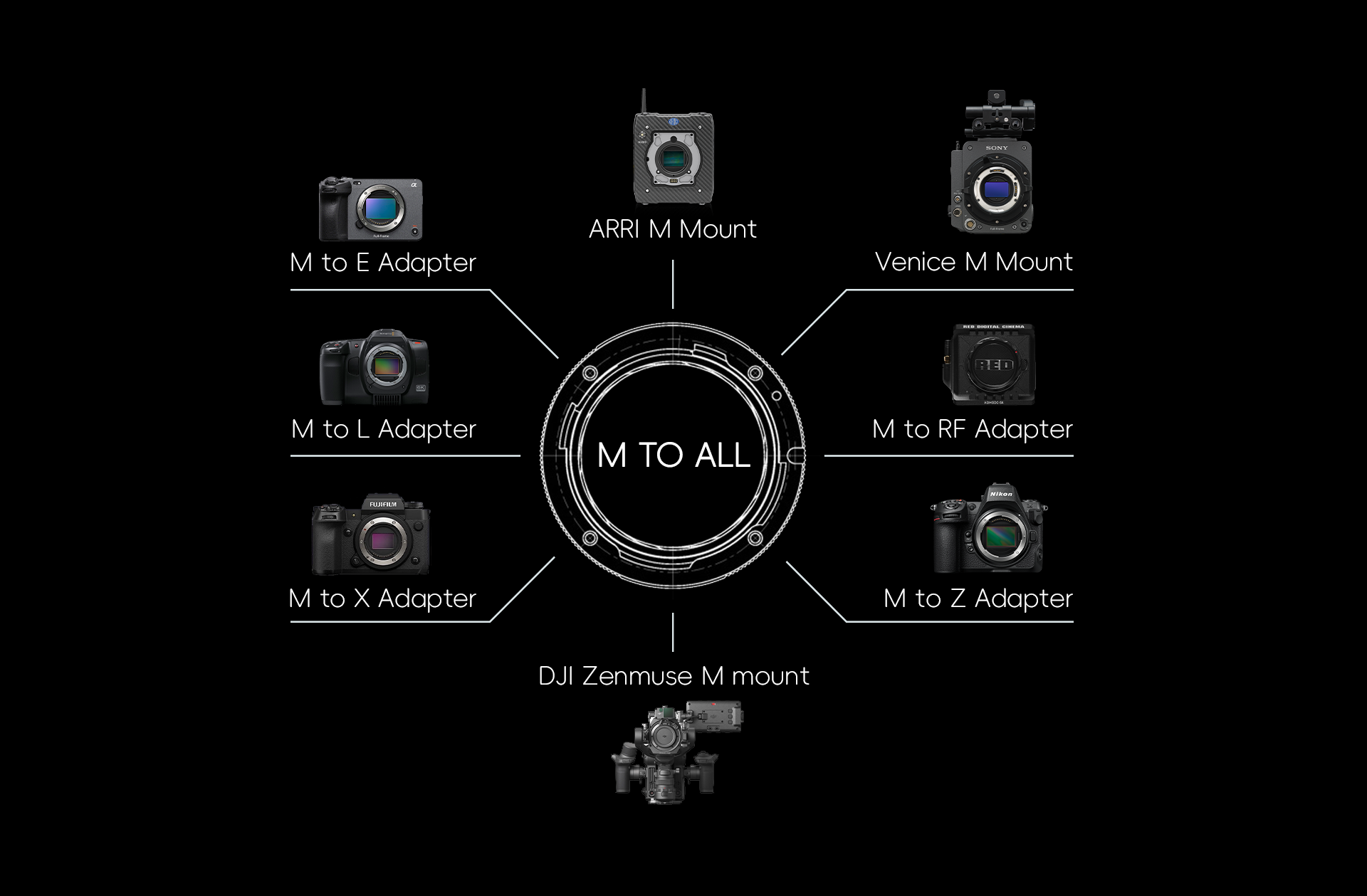
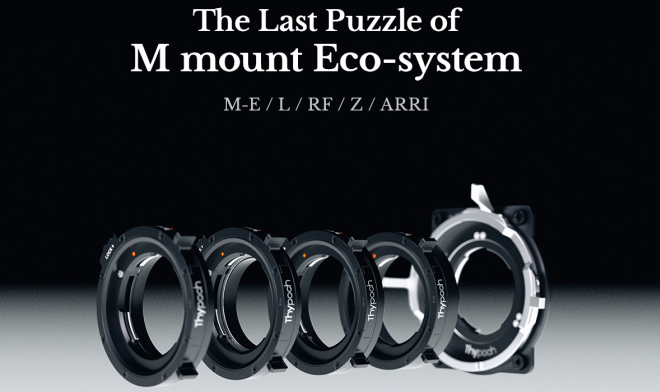



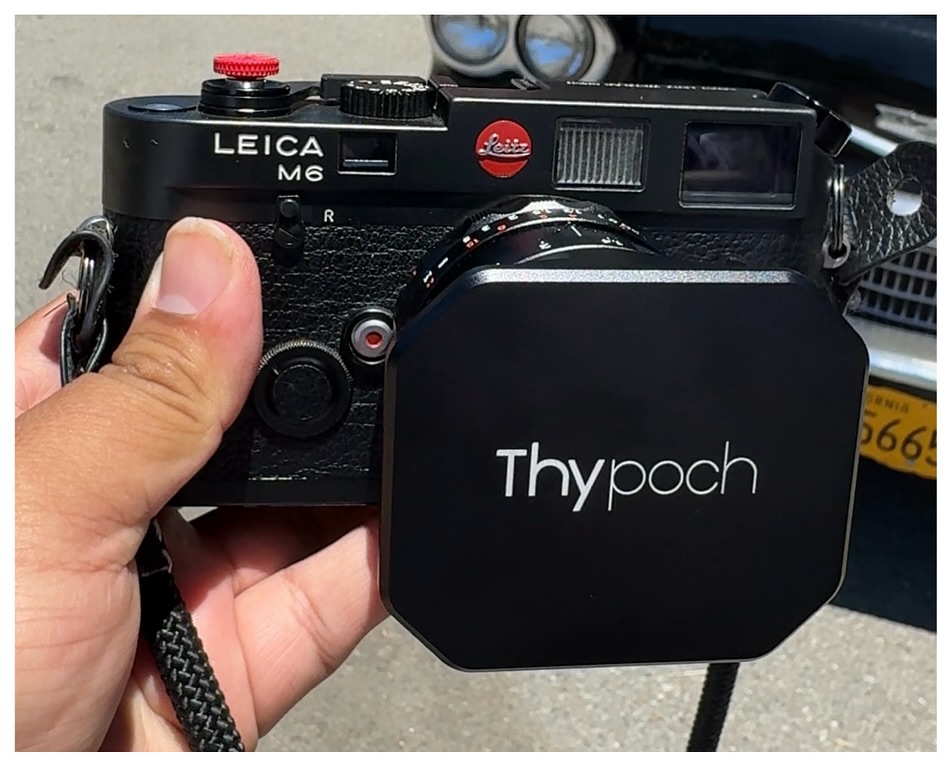
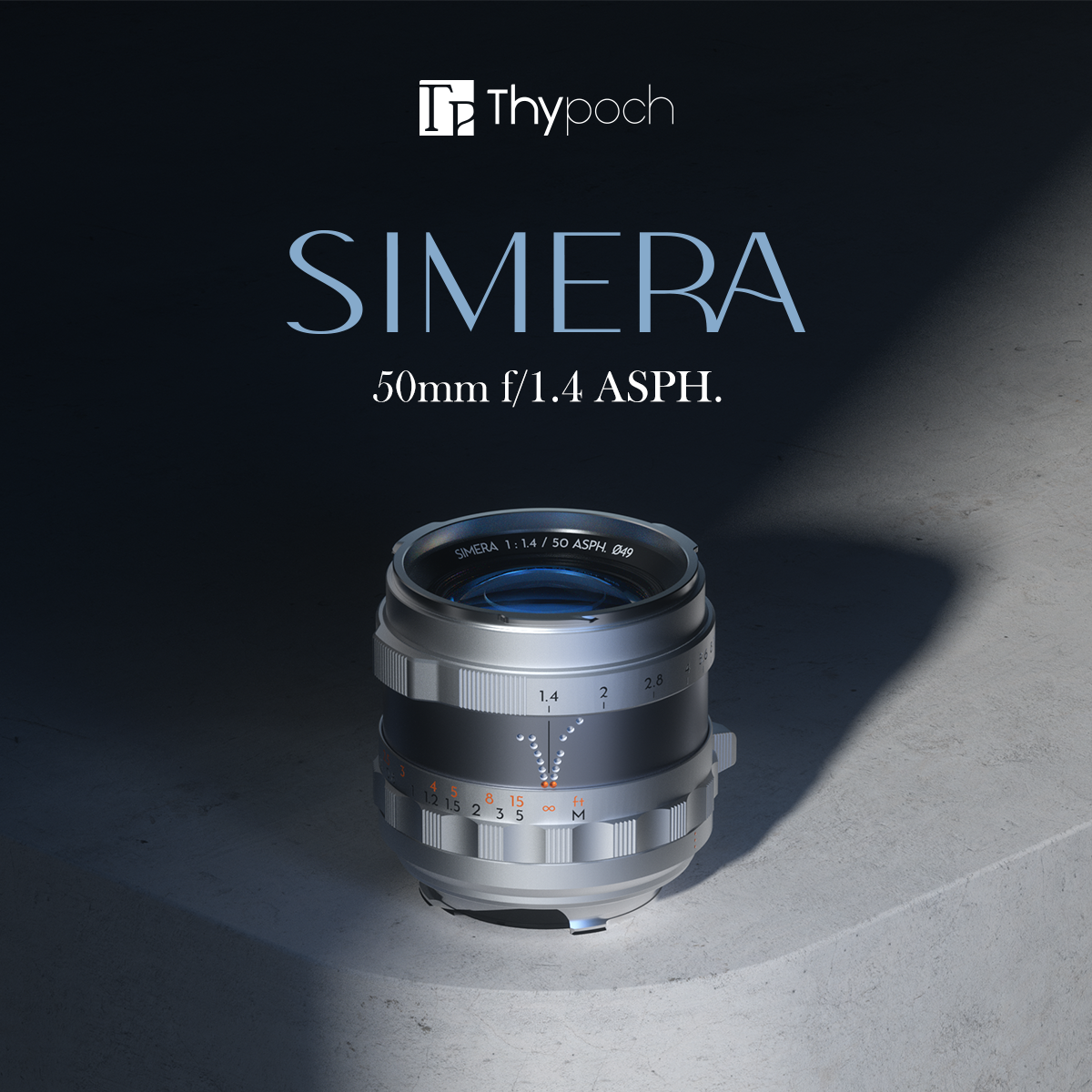


.jpeg)



.jpg)

.png)
.png)


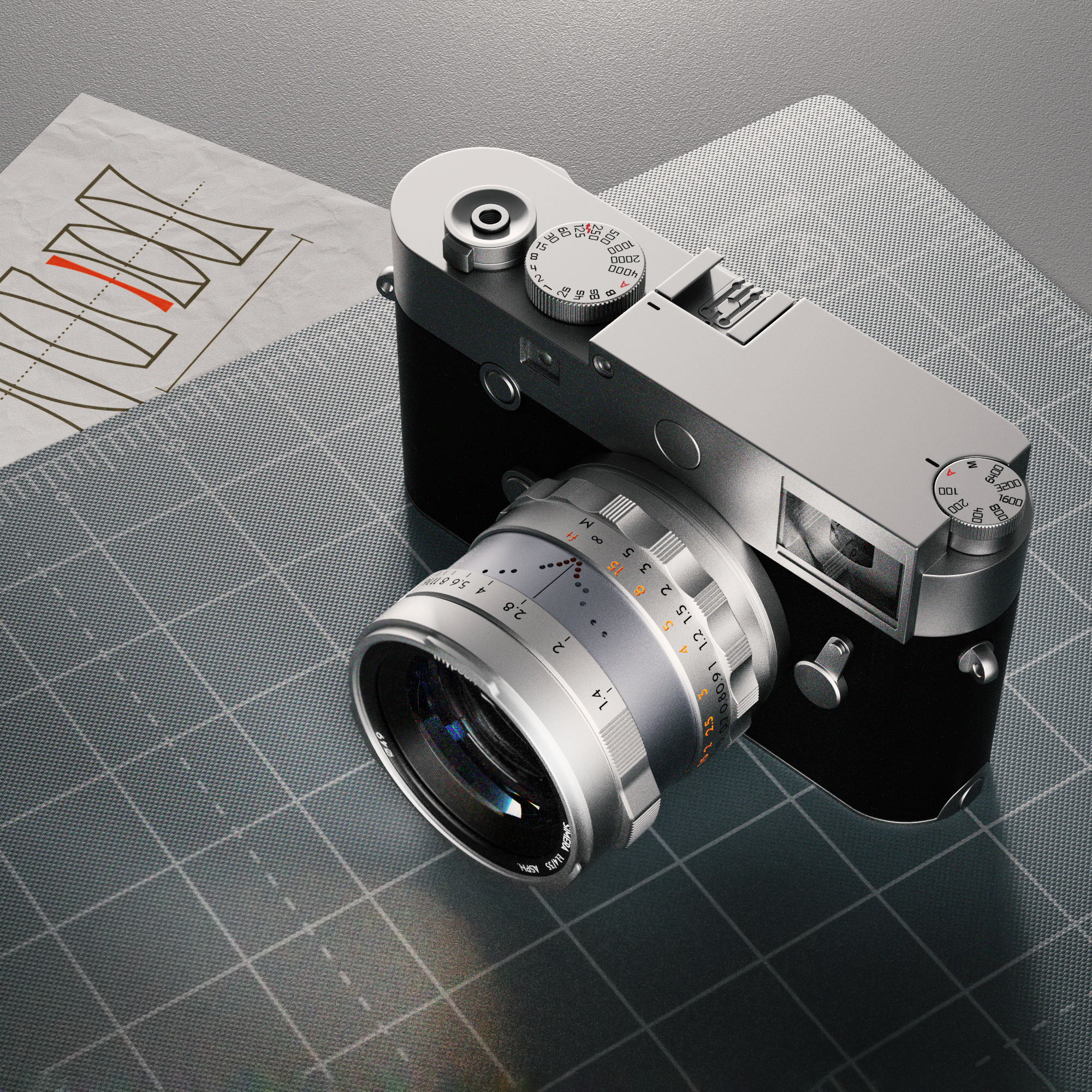
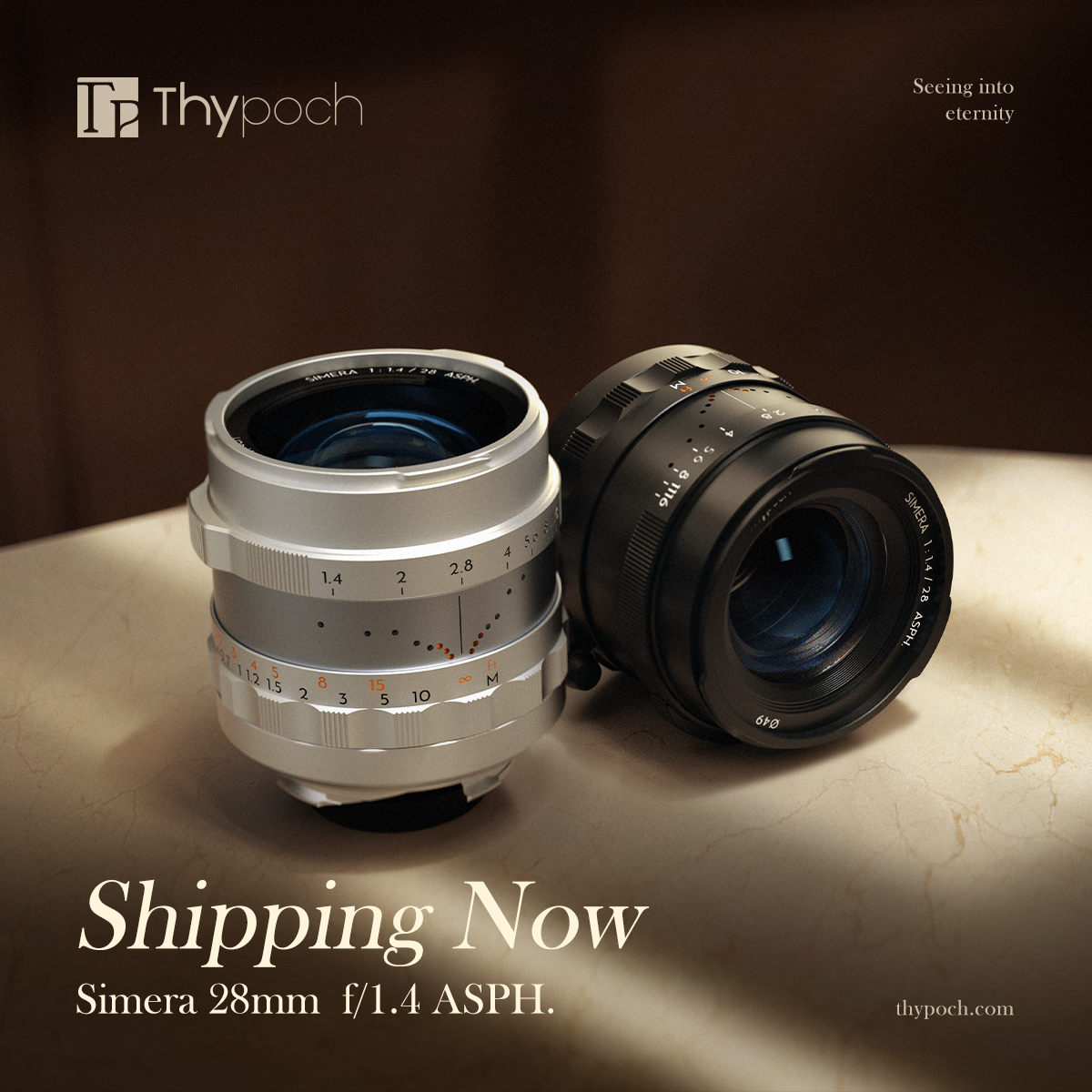
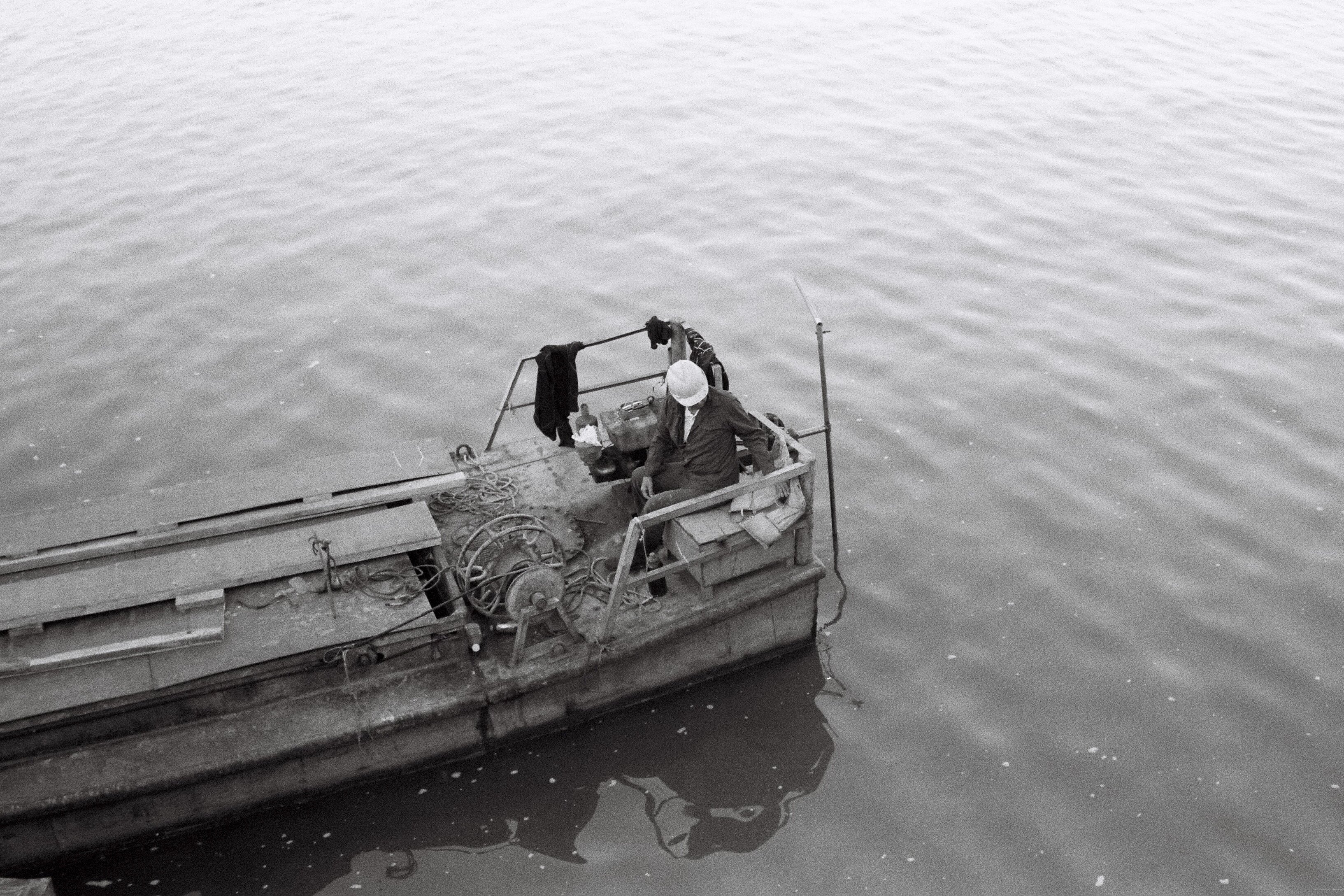
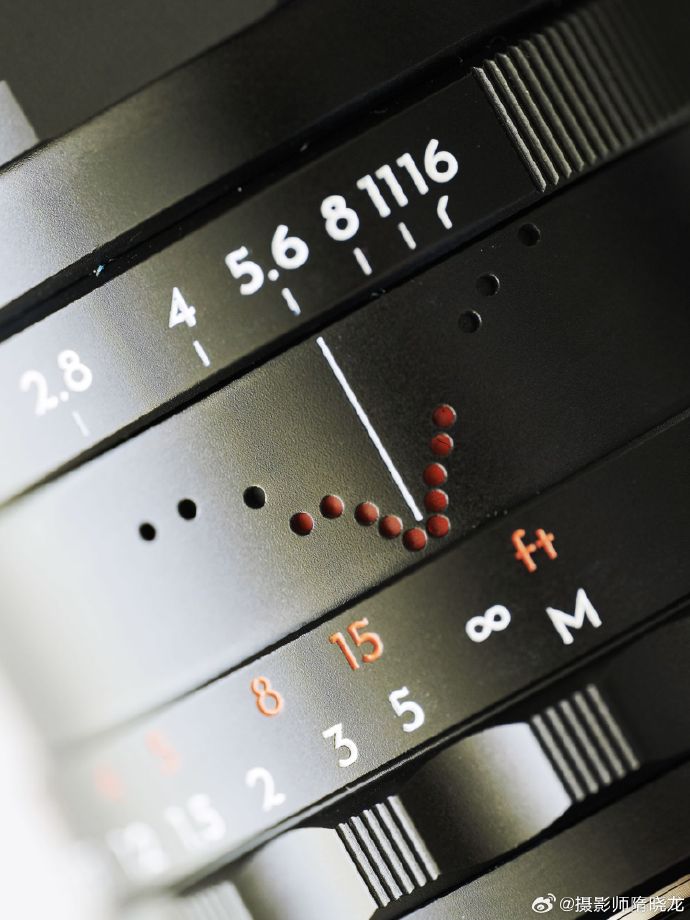
.png)
